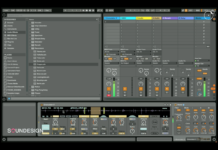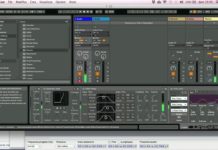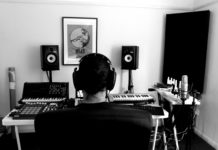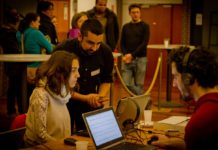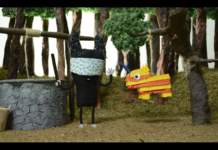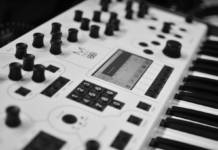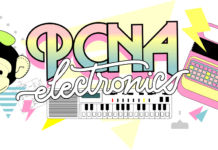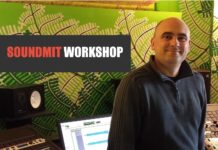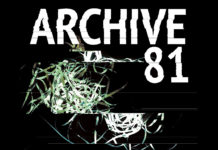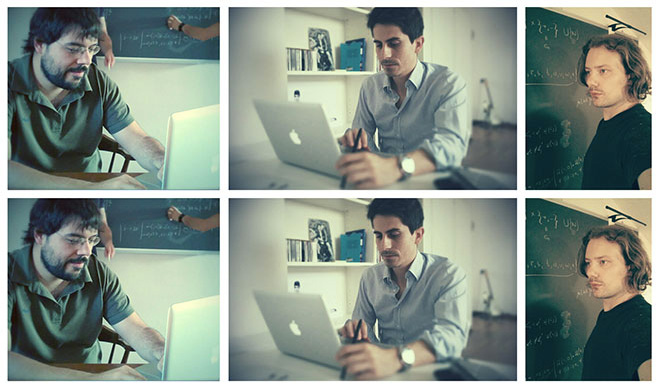A new startup is working on Music Information Retrieval, Mathematics and Topological Data Analysis to build new intelligent services for modern musicians and Sound professionals.
Nami Lab is a new company based in Italy which recently launched Yalp.io, an app (and a web service) to extract chords and other useful information from a stream of mp3 audio data. This is only the first of some upcoming services which are trying to provide musicians novel solutions to improve their experience with new technologies.
We interviewed Nami Lab’s CEO Simone Geravini to talk about the automatic extraction of music intrinsic properties, math algorithms and a big thing called music recommendation.
sounDesign: Hi Simone, nice to meet you in this digital place. At Nami Lab you present yourself as music scientists. Could you give us a brief outline of your activities?
Simone Geravini: Hi Gianpaolo, we provide music intelligence services. We started developing a technology for automatic extraction of music’s intrinsic properties (chords, tonality, listening effort due to harmonic changes) from audio files.
Imagine an artificial ear which emulates the behaviour of a music expert. We can generate custom playlists, transcribe music and other music intelligence services. To fulfill this goal we focused on research activities in a creative way, being constantly up to the newer discoveries and the state of the art in Music, Computer Science and Mathematics.
SD: From research in music retrieval to the development of novel algorithms to extract diverse information from audio data. Could you describe in detail your work in this field?
SG: What we try to do is to deduce some new audio features thanks to some interesting mathematical tools. It is a common thought that only mathematical analysis, or naturally applied mathematical domains, can be used as tools to reach practical results.
We are building a toolbox for signal, symbolic analysis and (big) data clustering, using some tools deduced from the computational geometry and the algebraic topology.
As everybody knows the spectrum is a representation of an audio signal in the frequency domain. Thanks to this kind of approach it is possible, for instance, to rewrite some algorithms deduced from the computational algebraic topology (naturally used in images analysis) and compute some features that can be hidden by the standard analytical/statistical approach. Persistent homology, even in its default form (i.e. with a Vietoris-Rips filtration function) can give some useful information about the evolution in time either of a standard audio feature, or of a set of them.
The set of standard and new features can be represented as a point cloud in a (high dimensional) metric space, it can be clusterized and interpreted as a simplicial complex, equipped with a proper filtration function. The most relevant problem of this kind of approach is the nonexistence of a parametric space of filtration functions, that is to say one should always work out a different function which is able to stress the characteristic of the signal/symbolical layer in which one is interested in.
Thus, this kind of research is based on qualitative analysis of data, in a constant and critical comparison and interaction with standard algorithm.
Obviously this is only an example of the projects our research team is working on. However the idea is to enlarge the plethora of standard analysis tools with some more intrinsic descriptors which will give a multi-layer analysis of music.
SD: Just some days ago you launched Yalp.io, an app for playing music. Can you tell us more about this project?
SG: Yalp.io is an automatic chords transcriber. You upload an mp3 file, we analyze it and we give you back chords and playback. So you can focus on playing your favourite tune and control your execution, train yourself generating loops or improvise on the harmonic structure. You also have the possibility to create your playlist and play a music set. All for free.
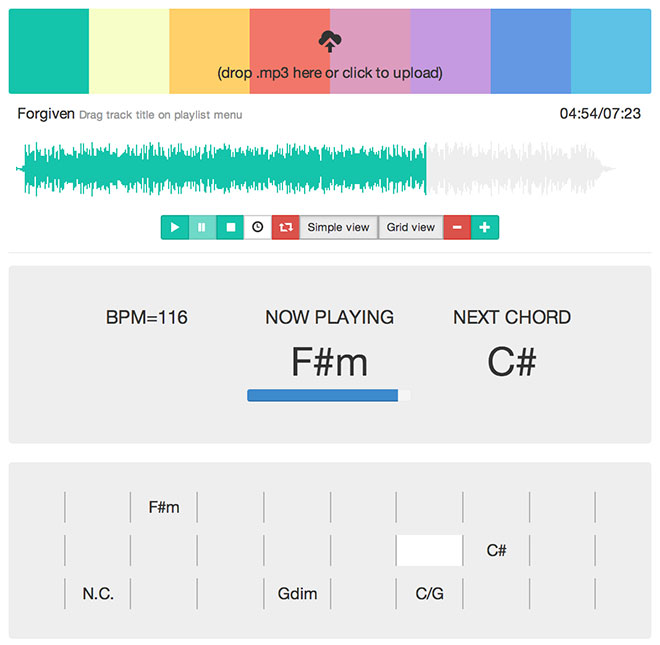
Chords can be clusterized thanks to a lot of learning algorithms: we started using a Support Vector Machine algorithm, which was able to recognize two class of chords after a huge training.
Now we are using Non Negative Least Square algorithm: we have an higher accuracy.
We are still working on this kind of classifiers to improve our results using, on one hand some matrix factorization techniques and deep learning algorithms, on the other hand some faster untrained algorithms.
SD: Which are the most interesting ideas coming up from research in the field of music retrieval now? Could you give us your vision about the future of recommendation systems applied to music?
SG: We believe music recommendation will be next big thing in music biz. The Echo Nest based its business model over it. Wasn’t it acquired by Spotify four months ago?
Recommendation will be dominant, this predominance won’t be built in some of aesthetic or signal way: intrinsic properties as harmonic structure or tonality are the keys. We are building our technology over these intrinsic principles.
SD: Ok Simone, thank you very much for your time and answers. Last question is about your future: which projects are you working now and which are your next steps?
SG: Thank you Gianpaolo, it has been a pleasure.
What’s next? We are continuously improving Yalp.io app and its algorithm. We are building an API infrastructure for b2b music intelligence services.
Our targets are big & middle sized companies and everybody needing music data analysis and management with a special focus in data quality and performance.
- These two women will save the future of Sound Art with a web radio called Radio Papesse - June 20, 2016
- #SayItWithSound Contest: Sonify your World and Win - December 21, 2015
- Sound Technician at University of Greenwich - December 1, 2015










